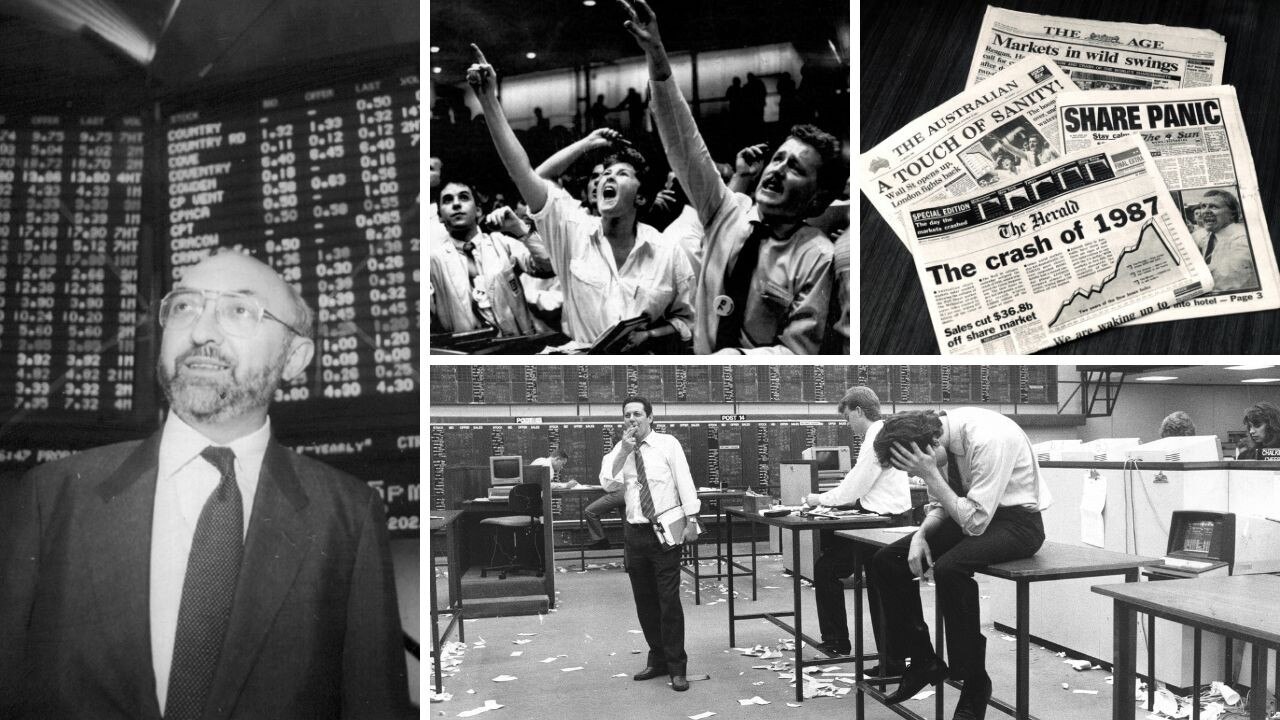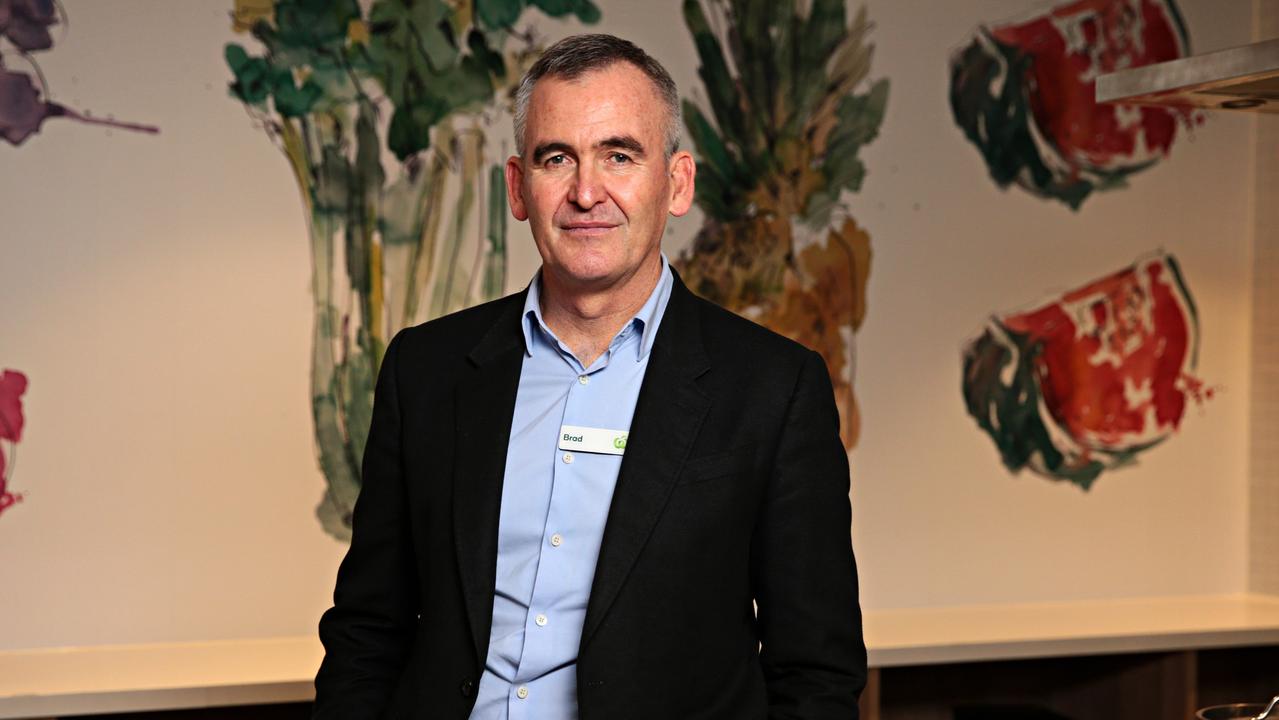Terry McCrann: federal budget just more crazily out-of-control spending
It’s another depressing return to an all-too familiar Labor Fiscal Future – high-taxes, big spending, budget deficits and rising debt set to exceed $1 trillion.
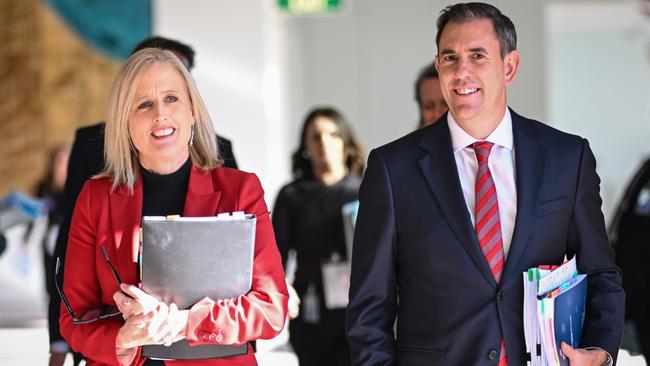
Terry McCrann
Don't miss out on the headlines from Terry McCrann. Followed categories will be added to My News.
The budget is projected as all about a Future Made in Australia.
It is in simple fact an all-too depressing return to an all-too familiar Labor Fiscal Future.
One of high-taxing, big – and increasingly crazily out-of-control, and indeed, just crazy – spending. And of course, what else, big budget deficits and rising debt. Indeed, the debt’ll go through $1 trillion, and keep on rising.
You gotta give treasurer Jim Chalmers another PhD in hubris and First Class Honours in chutzpah.
Chutzpah, in spades. There he was boasting of yet another budget surplus – knowing he was also going to reveal the budget going straight back into deficit; and big deficits each year at that, as far as the fiscal eye can see.
Two surpluses adding to $31bn; then four deficits adding to $121bn.
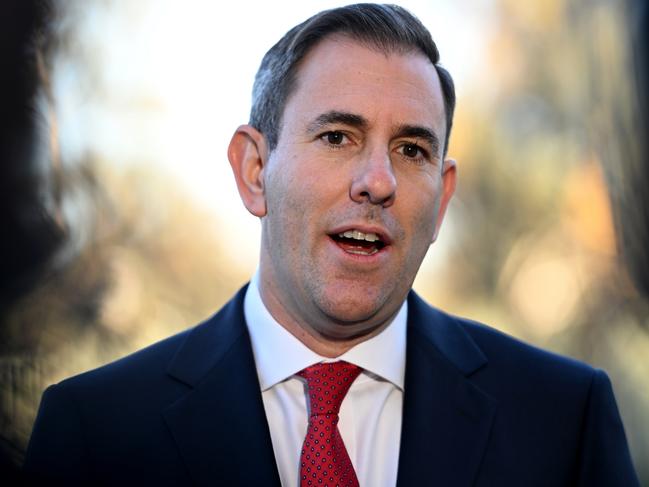
And note, those are the ‘sun keeps shining brightly’’ best case projections
They always are: remember Wayne Sawn and his four surpluses? At least his former chief-of-staff learned something: he’s only claimed the two surpluses already banked.
Chalmers’s big trick is of course single-handedly ‘getting’ the inflation rate down below 3 per cent. We are all supposed to ooh and ah.
The unions in particular are supposed to slash their wage demands, now that inflation’s ‘cured’, and interest rates are supposed to plummet. Pity if RBA governor Michele Bullock is unimpressed.
I’d suggest you enjoy your tax cuts and the $300 energy rebate while you can.
Bluntly, simply, when you wade through the budget detail and its – real – likely impact on the economy, and especially inflation, Chalmers has welshed big time on his promise to her that the budget wouldn’t add to inflation.
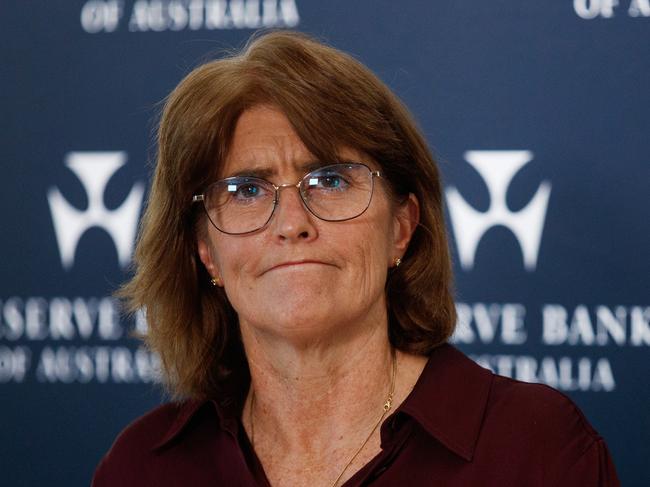
Now, let me quickly add, we could very well get a rate cut this year.
But not because of the budget cutting inflation. It doesn’t. Just the one-off tricked-up 0.5 per cent cut in the September quarter headline inflation rate.
But because this budget could join with everything else this out-of-control government is doing – think first, the really out-of-control mindlessness of the minister for destroying our energy system Chris Bowen – to really send the economy spiralling over the proverbial cliff.
At the same time, the budget will directly and significantly add to inflation pressures.
The energy rebate adds to the tax cuts from July 1, along with all the other spending, right across the budget, to put upward pressure on prices.
What’s specifically counter-productive is the feel-good money to be poured into housing. It will send building costs soaring; it adds to demand and does nothing to boost supply.
The truly shocking part of the budget are those deficits.
After the $9bn much heralded surplus for the 2023-24 year which is just ending, the budget goes straight back into the red and significantly so. Deficits of $28bn, $43bn, $27bn and $24bn.
And remember those are clearly the BEST case projections. They assume that the economy is whirring along at a solid pace. If we do really hit the wall, they would explode.
And this is happening despite a spectacular $100bn-a-year boost to revenue – thanks to the combination of the China-driven boom in the exports of our coal, iron ore and gas, and all those extra migrants paying income tax.
In short, Chalmers & Co have spent the $100bn; and then some. And ‘spent it’ every year into the future.
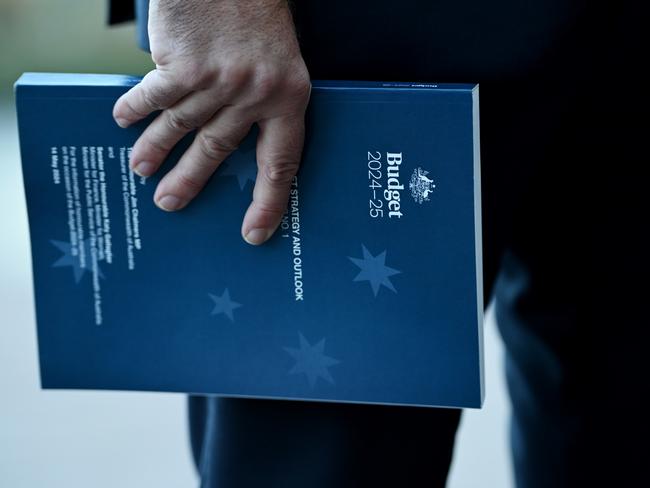
He paints a total false picture of fiscal prudence by comparing all these budget numbers with what was forecast in early 2022 – in the last Frydenberg Coalition budget and the Treasury pre-election analysis.
That’s when we were coming out of Covid with still all the locked-in Covid and post-Covid spending.
The real comparison is with the budget numbers of 2019 pre-Covid.
Back then, the budget projected revenues in 2022-23 would add to $567bn. In fact they were $649bn.
That was an $80bn extra revenue base that Chalmers inherited, absolutely free and clear; and he set about spending it with abandon.
The 2019 budget forecast spending in 2022-23 would add to $558bn. Chalmers & Co spent $627bn. – and in just two years has kicked that up by a staggering $100bn, to $726bn in 2024-25.
And the inevitable bottom-line result.
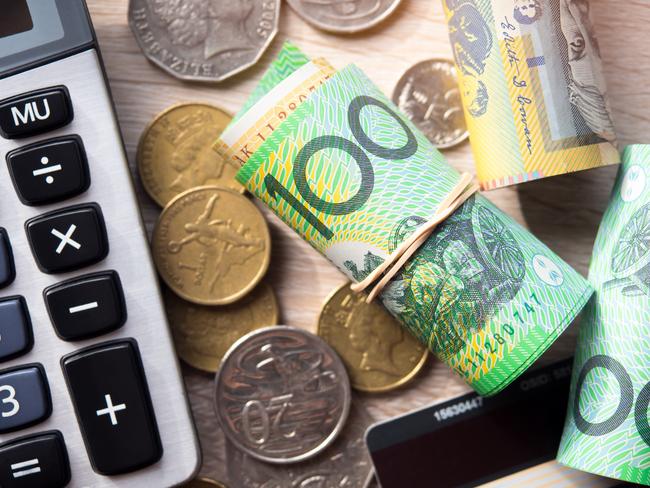
Even with all that massive extra revenue, it’s not enough to fund all the extra spending. And we get that $28bn deficit – with more to follow.
All the focus – driven by Chalmers – has been on the forecast of inflation falling below 3 per cent – the top of the Reserve Bank’s inflation target range – by the end of the year.
In contrast the RBA a week ago forecast inflation still at a too-high (for rate cuts) 3.8 per cent.
It’s not only the tricked-up energy rebate: Treasury is also forecasting a much lower inflation number for this current June quarter.
The RBA was forecasting headline inflation of 1 per cent for this quarter, making 3.8 per cent for the 2023-24 year.
Treasury says inflation will be just 0.7 per cent this June quarter, making 3.5 per cent for the fiscal year.
We will find out who’s right at the end of July – just before the RBA’s meeting in early August.


